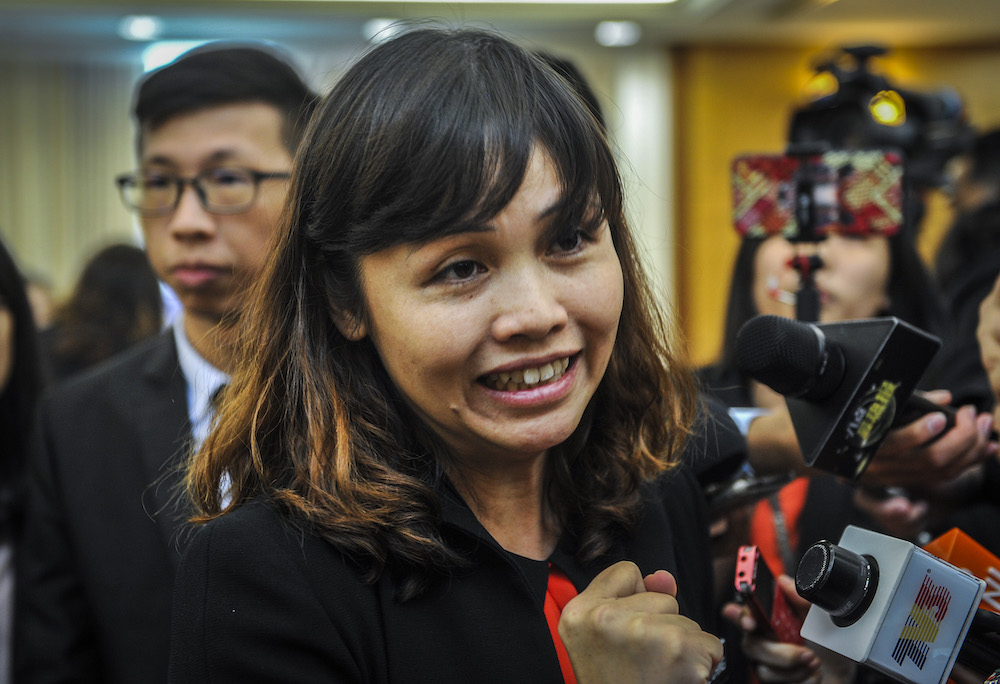Deputy Education Minister abolishes Science and Arts streaming programs in Malaysian Schools.
Streaming students into Science and Arts programs
Beginning the school year 2020 onwards, secondary schools in Malaysia will take away the streaming of students into Science and Art programs.
According to Malaysian Deputy Education Minister, Teo Nie Ching,
Standard Secondary School Curriculum “Kurikulum Standard Sekolah Menengah” (KSSM) students are now allowed to take up subjects depending on their personal interest and preferences.
Classroom assignments will be based on the students selcted subject. The Science, Technology, Engineering and Mathematics (STEM) program will also be updated into STREAM which will include vital components in Arts and Religion.

The current secondary 4 (grade 10) core subjects in Malaysia are as follows,
- English
- Malay
- History
- Mathematics
- Ethics
- Science
- Chemistry
- Biology
- Physics
- Arts and Commerce
- Economics
- Accounting
- Arts
Streaming students
Malaysian schools used to apply the streaming process especially in core subjects such as Science and Arts to categorize students according to their academic performance from the previous year. But the growing concern on the effectiveness of the program towards efficient learning raised debate if it should be continued or not.
A study was conducted recently discussing the pros and cons of streaming students.
- Advantage. Senior school assistants suggest streaming as an effective school management strategy. It promotes good quality education for Science and Arts programs which is in line with school objectives. Teachers see it as good systematic approach that makes them perform well as educators. Streaming gives teachers a better knowledge of their student’s behavior and interests by referring to their records from the previous year.
- Disadvantage. Segregating and categorizing students according to their academic performance creates issues mostly from the parent’s point of view. Parents accuse schools of patronizing streams with better performance and paying less attention to lower ability groups. Lower ability groups are mostly affected by this scheme, they feel less inferior and less motivated to learn because they are already branded in a way due to the segregation.
Students in the lower ability groups are also pressured by some of the teachers to compete with higher ability groups, it usually damages their self-confidence.
54% believe that single stream schools is a key to unity of all races in Malaysia. What are your thoughts on our education system? Check out more insights here: https://t.co/bUQqgVbSGJ #malaysianeducation #Merdeka2019 #Vision2020 pic.twitter.com/5Z4JtbZzjU
— Vase.ai (@vaseinsights) August 27, 2019
Taking sides in the streaming program for Science and Arts subjects can be very difficult. The idea of mixing high and low ability students in a group can be beneficial and at the same time disadvantageous. It is a case to case basis. Trusting the Ministry of Education in dealing with this concern is what parents can do for now. Learning is a process, there is no perfect formula, but the good thing is, education programs are improving and adapting to the needs of the students of today.







